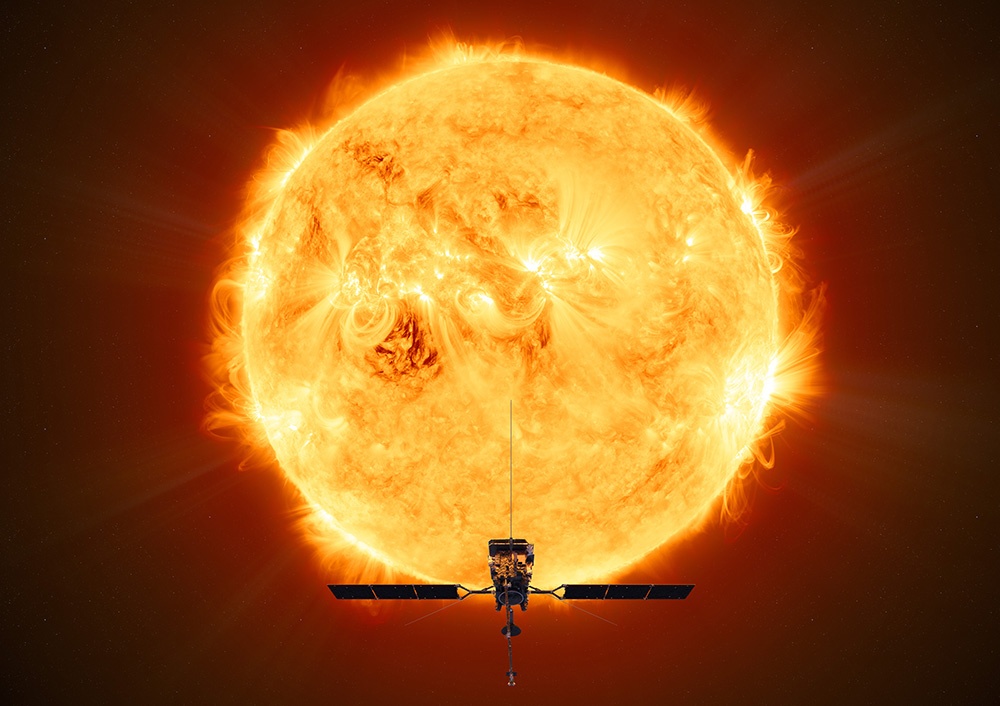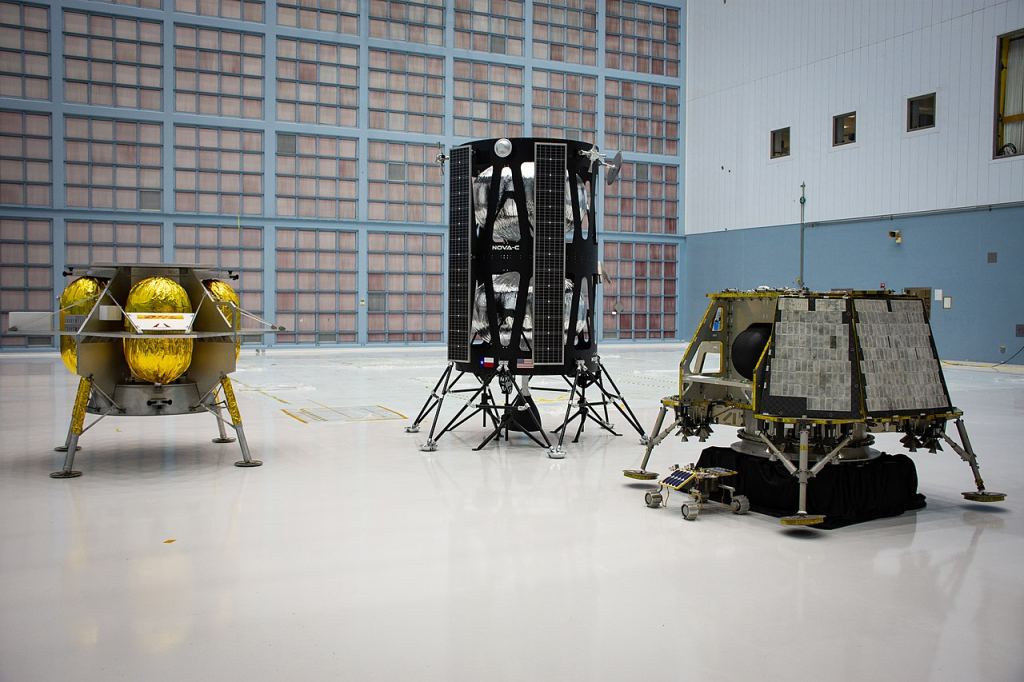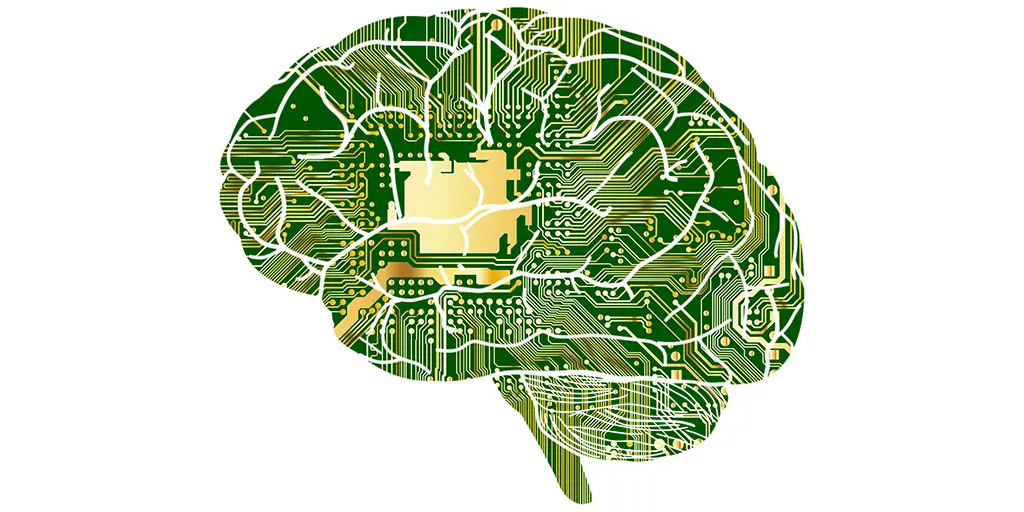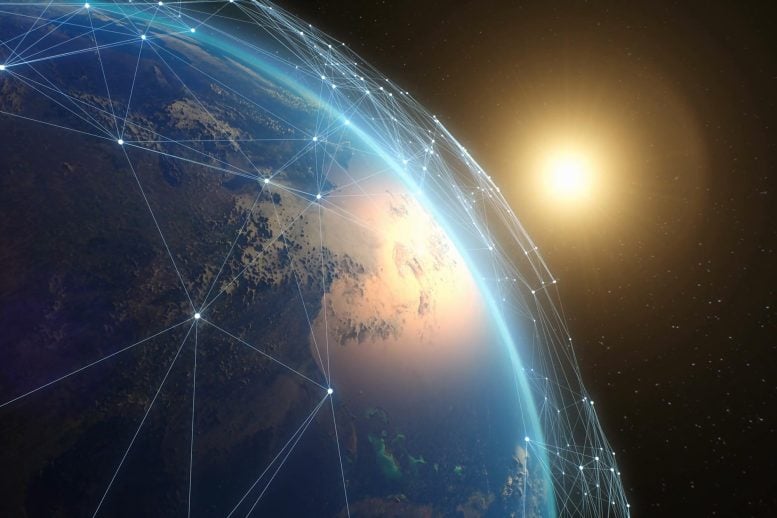Computers are an integral part of space exploration, keeping them functioning when away from Earth. The space environment however is a far from ideal environment for them to operate in. High energy particles can even flip memory bits effecting storage and damaging the computers. NASA are now testing a Radiation Tolerant Computer (RadPC) which has been designed to handle higher levels of radiation. It’s inaugural flight is booked on a trip to the Moon as part of the Firefly Aerospace Blue Ghost 1 Lunar Lander.
Modern space missions rely critically upon computers to perform functions like navigation, processing data and communication. The extreme environment of space however makes computer operations challenging as, aside form high levels of radiation they must endure microgravity, vibrations upon launch and high thermal variations. Without the computers to operate life-support for crewed missions or the multitude of scientific experimentation, and variety of data gathering the missions not achieve their goals. Ground based systems complement the onboard computers providing further analytical information, communication and other support functions but as computers advance and space missions become more ambitious, computers will become relied upon even more.

One of the challenges bestowed upon computer operations in space is radiation. On Earth, computers (and human beings, indeed everything on the planet) is largely protected by the planet’s magnetic field and the atmosphere. Journey into space however, and these natural shields are absent, immersing the traveller and their craft to high levels of radiation. The Sun, events on the Sun and cosmic rays are just some of the sources of radiation that our craft are exposed to. Exposure to radiation can damage materials, electronic systems and even data. Ideally advanced shielding materials can be employed but this becomes even more crucial for long duration missions.

Even one high-energy dose of radiation can trigger the so called “single event effect.” These can lead to data errors that can lead to a cascading malfunction that can even crash systems. For some time now, NASA has been exploring ways to protect against radiation damage to on board computers. The solution; the Radiation Tolerant Computer known as the RadPC. It’s scheduled to be one of the payloads on board the Commercial Lunar Payload Services mission to the Moon, carried by Blue Ghost 1.

The system, which aims to demonstrate recovery from faults caused by radiation events, was developed by a team of researchers at Montana State University. Rather cleverly, it can monitor its own health in real-time using a series of processors known as programmable gate arrays. These logic blocks are easy to repair should they be struck by radiation and that’s the secret behind the success of RadPC. If it detects a strike, it will be able to identify its location and repair the issue in the background. It also has sensors that can measure the varying levels of radiation, known as dosimeters. It will constantly monitor and measure the interactions between the Earth’s magnetosphere and the solar wind on the way to the Moon and generate detailed radiation information about the landing site.
If RadPC is successful it could lead to a new generation of computers perfectly suited to the harsh environments of space. It could harbour in an era of less damage to systems or minimal data corruption making computers far more resilient
Source: NASA to Test Solution for Radiation-Tolerant Computing in Space









Leave a Comment